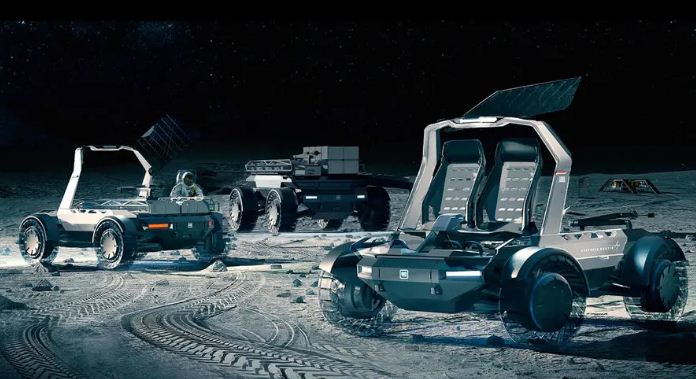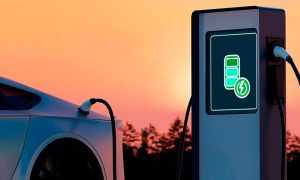The transition plan towards electromobility proposed by General Motors (GM) is not limited to the manufacture of vehicles, but contemplates a wide variety of technological advances in order to lead the market in the new era of the automotive industry.
Among the innovations being considered by the iconic brand is the development of batteries with a series of out-of-the-box innovations, including the capacity for vehicles to go to the moon using these batteries.
To achieve that goal, GM has partnered with aerospace company Lockheed Martin to compete against several contenders also seeking to build the lunar electric vehicles that will participate in NASA’s future Artemis missions.
From this Ultium battery-powered vehicle, which should last 10 years and be capable of undertaking different missions in unexplored terrain, the technology for General Motors’ future ground vehicles will be extracted.
According to information provided by General Motors, the lithium metal battery with a protected anode will feature a combination of feasibility, high performance and energy density. Initial prototype batteries have already completed more than 150,000 miles of simulated testing in the research and development labs at GM’s Global Technical Center in Warren, Michigan, demonstrating real-world potential.
Been to the Moon Before
It is worth noting that if this challenge is won, it would not be the first time the U.S. company has set foot on lunar territory. In 1971, NASA launched a rover built by General Motors and Boeing for the Apollo missions.
GM and Lockheed designers and engineers claim to have studied the work of their predecessors before setting out on their task. The first Artemis mission could launch this year, followed by several more complex missions spanning through the middle of the decade.
What is NASA Asking for?
The Artemis missions’ lunar rover must guarantee a durability of at least 10 years in space and be able to span multiple missions and tasks.
On the moon, there are 14 consecutive days of darkness followed by 14 days of light. Gravity is about one-sixth of Earth’s, and abrasive lunar dust can tarnish astronauts’ space suits and equipment. According to Lockheed, the vehicle would have to operate in temperatures ranging from -280°F (-173°C) to 260°F (126°C).
Much of the virtual testing that General Motors has been using for the lunar mission was set up to evaluate the electric Hummer, the main representative of its new range of electric vehicles. The battery in the Edition 1 version of the Hummer, integrated into the Ultium three-electric-motor architecture, provides the necessary framework to achieve and capabilities that would not be possible to implement with a conventional vehicle architecture and propulsion system.
The GM-Lockheed partnership will compete for the Artemis contract against the Nissan North America alliance with Sierra Space and Teledyne who have also begun the task of designing this new lunar vehicle.







